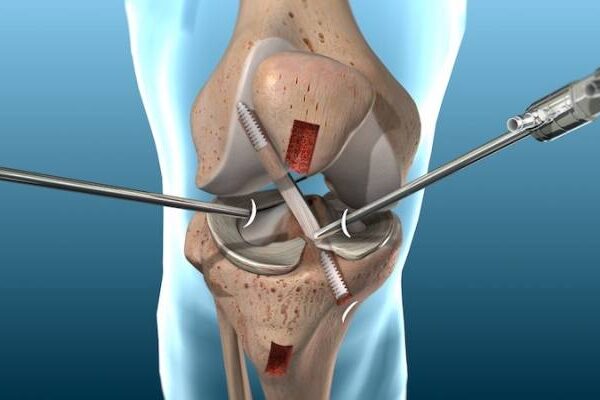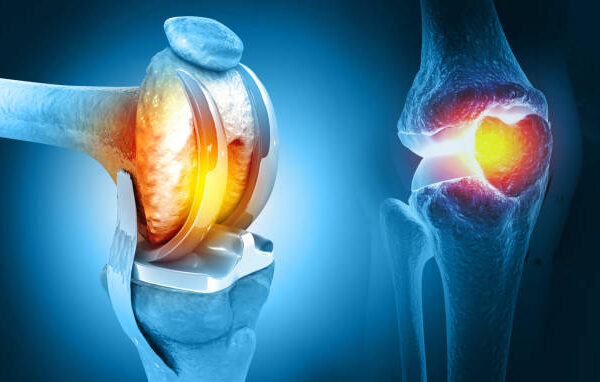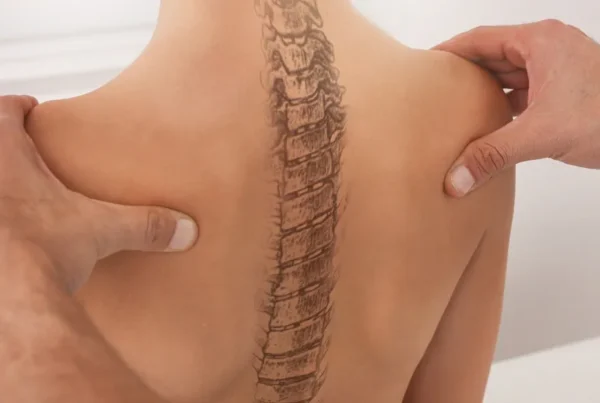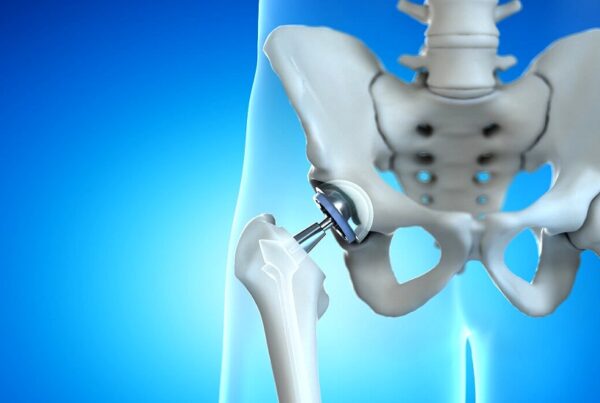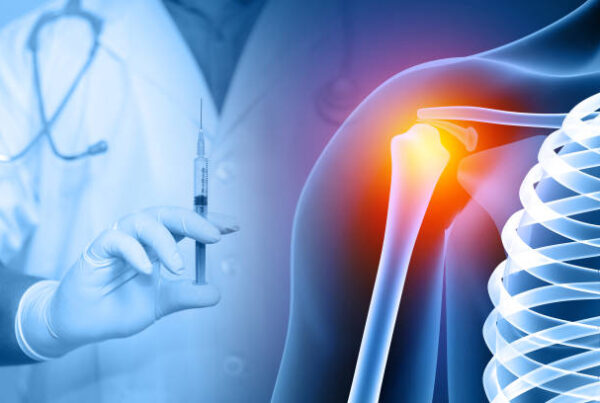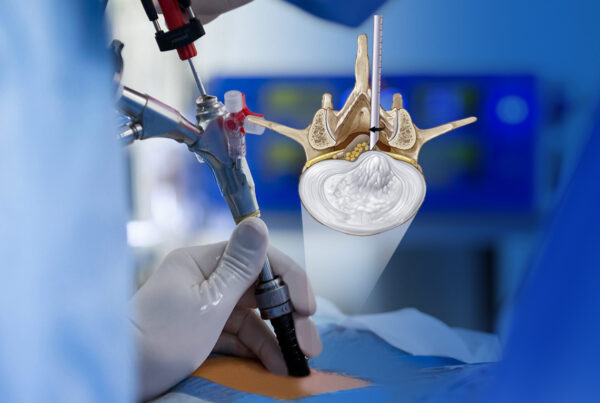Home » Knee Arthroscopy
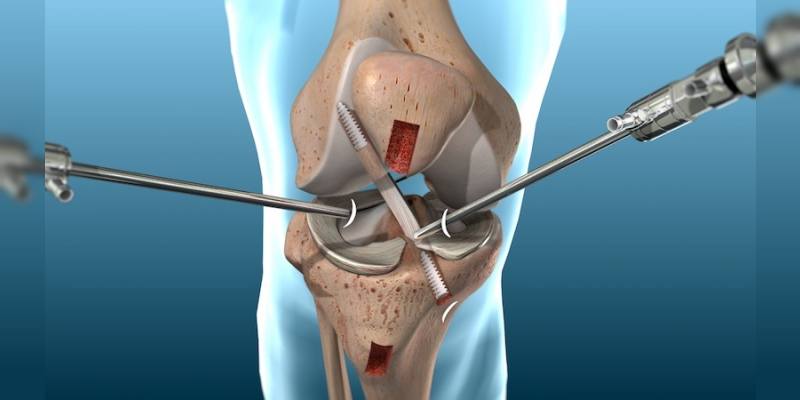
GET OFFER
Knee arthroscopy is a minimally invasive surgical procedure used to diagnose and treat various conditions within the knee joint. By using a small camera (arthroscope) and specialized instruments, surgeons can repair or remove damaged tissue with precision and minimal disruption to surrounding structures. This approach is less invasive than traditional open surgery, resulting in shorter recovery times and fewer complications.
Indications for Knee Arthroscopy
Knee arthroscopy is commonly performed to address the following conditions:
- Meniscal Tears: Repairing or removing torn cartilage in the knee.
- Ligament Injuries: Treating anterior cruciate ligament (ACL) or posterior cruciate ligament (PCL) tears.
- Cartilage Damage: Repairing or smoothing out damaged articular cartilage.
- Loose Bodies: Removing fragments of bone or cartilage within the joint.
- Inflammation: Treating synovitis (inflammation of the joint lining).
- Knee Cap (Patella) Issues: Realigning or addressing instability of the kneecap.
- Arthritis Symptoms: Cleaning out damaged tissue in cases of osteoarthritis (debridement).
The Procedure
- Preoperative Preparation:
- Imaging studies like X-rays or MRI confirm the diagnosis and guide the procedure.
- Patients are advised to stop certain medications and prepare for recovery at home.
- During Surgery:
- Performed under local, regional, or general anesthesia, based on patient needs.
- Small incisions (portals) are made around the knee.
- An arthroscope is inserted to visualize the joint, and saline is used to expand the area for better visibility.
- Specialized instruments repair, remove, or reshape damaged tissue.
- The surgeon may perform tasks such as trimming a torn meniscus, reconstructing a ligament, or removing inflamed synovial tissue.
- Closure:
- Incisions are closed with sutures or adhesive strips, and a bandage is applied.
Recovery and Rehabilitation
- Immediate Postoperative Care:
- Patients may go home the same day.
- Pain and swelling are managed with ice packs, elevation, and medications.
- Crutches may be used for support, depending on the procedure.
- Physical Therapy:
- Initiated within days to restore range of motion and strength.
- Gradual progression from passive movements to weight-bearing exercises.
- Return to Normal Activities:
- Light activities and desk jobs may resume in 1–2 weeks.
- Full recovery for sports or heavy physical activity can take 6–12 weeks.
Benefits of Knee Arthroscopy
- Smaller incisions and less scarring.
- Reduced pain and shorter recovery time compared to open surgery.
- Improved precision in diagnosing and treating knee conditions.
- Fewer complications and lower risk of infection.
Risks and Complications
While generally safe, knee arthroscopy carries some risks, including:
- Infection at the surgical site.
- Blood clots (deep vein thrombosis).
- Stiffness or reduced range of motion.
- Persistent pain or incomplete symptom relief.
- Rarely, nerve or blood vessel damage.
Innovative Techniques in Knee Arthroscopy
- Robotic-Assisted Arthroscopy:
- Enhances precision in ligament reconstruction and cartilage repair.
- Biologic Treatments:
- Use of platelet-rich plasma (PRP) or stem cell therapy to promote healing.
- Advanced Imaging Tools:
- High-definition cameras for better visualization and outcomes.
20 Questions & Answers on Knee Arthroscopy
1. What is knee arthroscopy?
A minimally invasive surgery to diagnose and treat knee joint problems using a small camera and instruments.
2. Why is knee arthroscopy performed?
To repair or remove damaged tissue, treat injuries, and relieve knee pain.
3. What conditions can knee arthroscopy treat?
Meniscal tears, ligament injuries, cartilage damage, inflammation, and loose bodies in the joint.
4. How long does knee arthroscopy take?
The procedure typically lasts 30 minutes to 1 hour.
5. Is knee arthroscopy painful?
Pain is minimal compared to open surgery and is managed with medications.
6. How many incisions are made during knee arthroscopy?
Usually 2–4 small incisions.
7. What type of anesthesia is used?
Local, regional, or general anesthesia, depending on the patient and procedure.
8. Can I go home the same day as knee arthroscopy?
Yes, it is usually performed as an outpatient procedure.
9. How soon can I walk after knee arthroscopy?
Walking is possible within a few hours, but crutches may be needed temporarily.
10. When can I return to work after knee arthroscopy?
Desk jobs may resume in 1–2 weeks, while physical labor may require 6–12 weeks.
11. How long does full recovery take?
Full recovery depends on the procedure but generally takes 6–12 weeks.
12. Will I need physical therapy after knee arthroscopy?
Yes, physical therapy is essential for regaining strength, motion, and function.
13. What are the risks of knee arthroscopy?
Infection, blood clots, stiffness, and incomplete symptom resolution.
14. Can knee arthroscopy treat arthritis?
It can provide temporary relief by removing damaged tissue but does not cure arthritis.
15. Is knee arthroscopy effective for meniscal tears?
Yes, it is one of the most common and successful procedures for meniscal repair or removal.
16. Can knee arthroscopy prevent future problems?
It addresses current issues but does not prevent new injuries or degeneration.
17. Are there alternatives to knee arthroscopy?
Non-surgical options include physical therapy, medications, and injections, but they may not resolve structural issues.
18. How do I prepare for knee arthroscopy?
Follow preoperative instructions, such as fasting, stopping certain medications, and arranging transportation.
19. Is knee arthroscopy covered by insurance?
Yes, most insurance plans cover it if medically necessary.
20. What happens if I delay knee arthroscopy?
Delaying surgery may worsen the condition, increase pain, and reduce the effectiveness of treatment.





